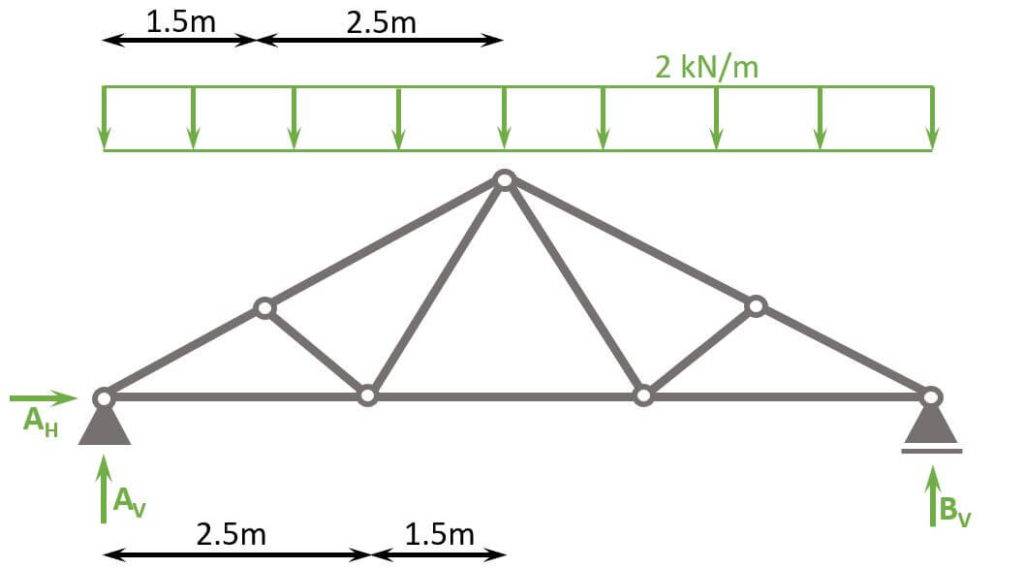

The fink truss can be manufactured from the thinner 35 mm sections of timber. With a large variety of spans up to 14 metres and pitch range from 10° to 60°, the fink truss offers a cost-effective and versatile roof solution. in a “hip” roof.ĭue to its design flexibility, the fink truss is the most frequently used truss in roof design.

Able to span much greater distances, their strength can be harnessed to support other areas of the roof, by doubling or tripling the number of plies, i.e. Flexible, reliable… what’s not to love?Īdaptable in their application, fink roof trusses are the workhorse of the roof truss types. Building owners can fully utilise the available space to maximise their usage of expensive square footage. Within the commercial market, this has had an equally significant impact. Living spaces in the downstairs of houses have been able to grow, giving larger kitchens and living rooms, no longer forced to mirror the room shapes upstairs and improving the quality of living for homeowners. With this flexibility, layouts of homes and buildings have been able to throw off the constraints previously applied. In addition to the cost saving, the use of fink trusses can open up a range of architectural opportunities, such as increasingly popular open plan layouts. Traditional cut roofs will often require additional internal supports, resulting in expensive groundworks, materials and labour. The roof load can often be transferred through the fink truss, and down to the external load-bearing perimeter walls, without the need for internal support walls. In the early 1960s, the first timber fink trusses were used to create a roof in the UK, and from there the industry has grown. The web members form a ‘W’ to provide a high strength structure with excellent load-carrying capacity.

This type of truss is a basic webbed design that provides the most economical roof solution. It is therefore no surprise that the fink is one of the most used type of truss used in the world. His “Fink” truss designs from the 19th century are still in use today in a couple of bridges, showing not only the durability of the design but the effectiveness of this form of engineering. Traditionally it is the most commonly used type of truss, providing a simple, adaptable and cost-efficient roofing solution.Īlbert Fink, the German-born American civil engineer, invented this type of truss to solve the problem they faced with supporting bridges and roofs while constructing the railroads. Of these profiles, a smaller number have become the standard shape across the industry.įink trusses are one of these profiles. There is a wide variety of truss profiles that are available and offer a more cost-effective solution than a traditional cut roof.


 0 kommentar(er)
0 kommentar(er)
